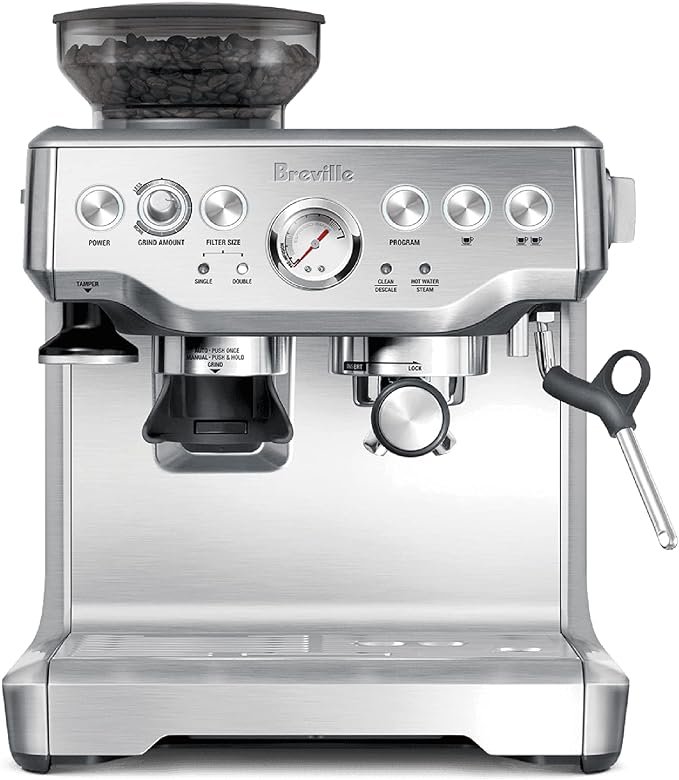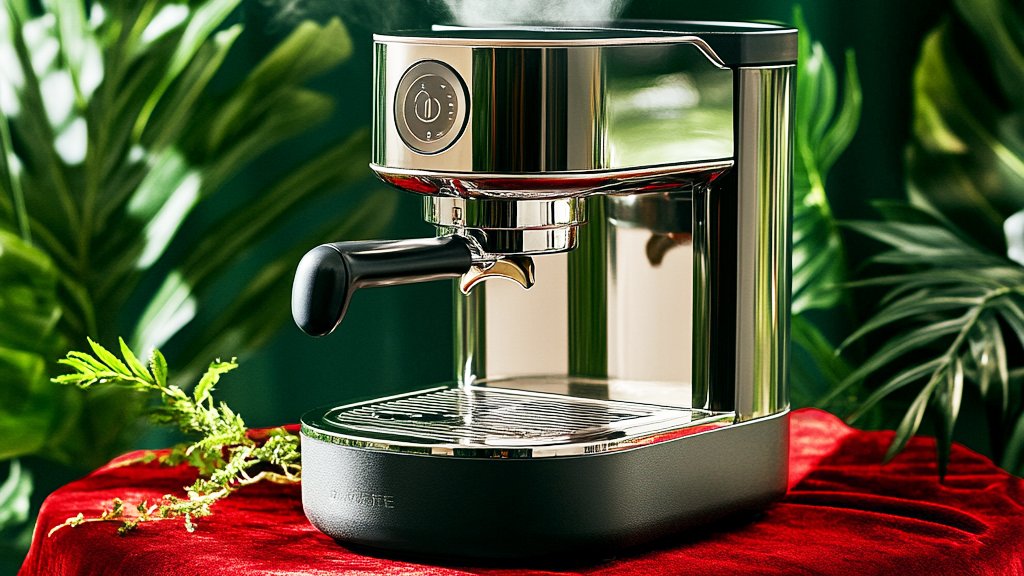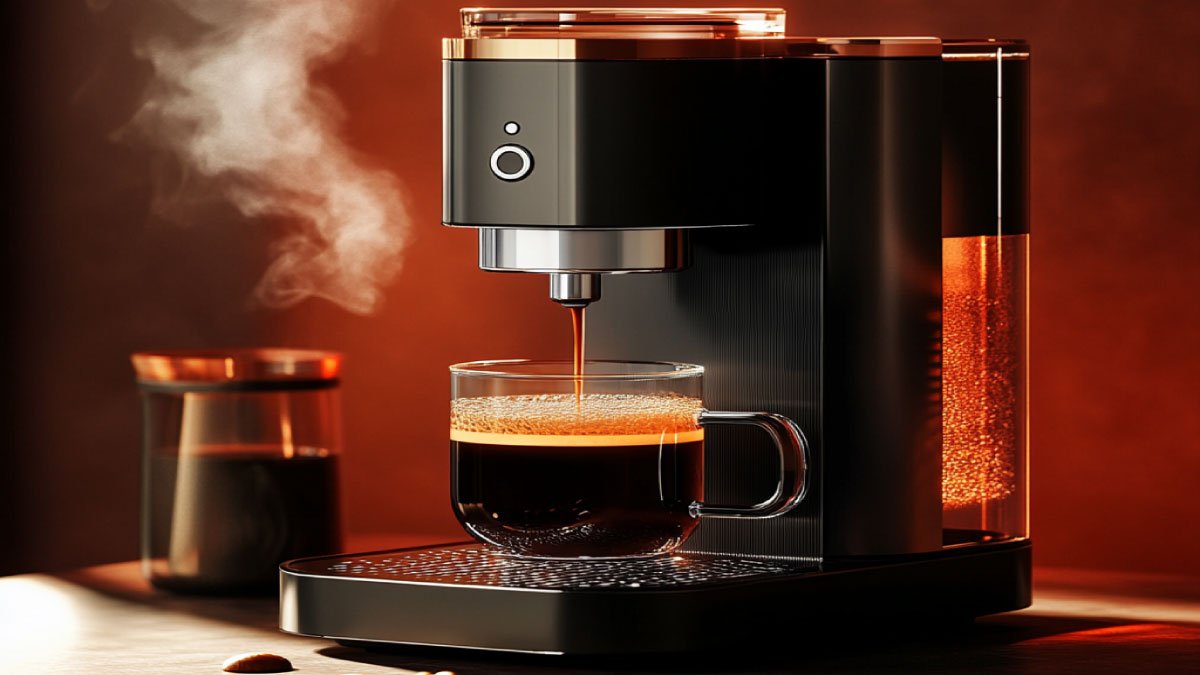If you’re asking, “Why does my Cuisinart coffee maker leak?” you’re not alone. Many people face this issue. In this article, we’ll explore the common reasons why your Cuisinart coffee maker might leak and provide simple solutions to fix the problem.
Common Causes of Cuisinart Coffee Maker Leaks
- Old or Cracked Hoses:
Over time, the rubber hoses inside your coffee maker can become brittle. This often happens because of the heat from the coffee maker. When these hoses crack, water can leak out. This is a frequent issue with Cuisinart coffee makers.
- Blocked Water Pathways:
Mineral buildup in the water lines can cause leaks. When minerals from hard water accumulate, they can obstruct water flow. This pressure can cause leaks in various parts of the coffee maker.
- Damaged Seals:
The seals around the carafe, lid, or water reservoir can wear out. If these seals are damaged, they won’t hold water properly, leading to leaks.
- Broken Coffee Pot:
A cracked carafe is another common reason for leaks. Over time, glass or thermal carafes can develop small cracks that allow coffee to leak out.
- Improper Assembly:
Sometimes leaks occur because the carafe or lid is not properly aligned or secured. This can lead to spills and leaks during the brewing process.
- Overfilling the Reservoir:
If you exceed the maximum fill line in the water reservoir, it can overflow and leak. It’s essential to follow the recommended water levels for your coffee maker.
How to Fix a Leaks Cuisinart Coffee Maker
Here are some step-by-step solutions to common problems:
Fixing a Leaks Base
- Unplug and Empty:
Always unplug your coffee maker before starting any repairs. Empty any remaining water from the machine.
- Remove the Bottom Plate:
Use a screwdriver to remove the screws holding the bottom plate. This will give you access to the internal components.
- Inspect the Hoses:
Check the internal rubber hoses for any signs of cracking or wear. If you find damaged hoses, replace them with new ones.
- Look for Hard Water Deposits:
Look for white residue or scale around the internal parts. This buildup can obstruct water flow and cause leaks. Clean these areas thoroughly.
- Reassemble:
Once you’ve addressed the issue, carefully reassemble your coffee maker and test it.
Fixing a Leaky Carafe
- Inspect the Carafe:
Look for cracks or chips in the glass or thermal carafe. Small cracks can cause leaks, so inspect carefully.
- Check the Lid:
Ensure the carafe lid is properly aligned and the seal is intact. If the lid or seal is damaged, replace it.
- Replace if Necessary:
If you find significant damage, replacing the entire carafe may be the best solution.
Fixing a Leaky Water Reservoir
- Clean the Valve:
Use a soft brush to clean any debris from the valve connecting the reservoir to the brewing system.
- Check for Cracks:
Inspect the water reservoir for any visible cracks or damage. A cracked reservoir will need to be replaced.
- Descale Regularly:
To prevent mineral buildup, regularly clean your coffee maker with a mixture of equal parts water and white vinegar.
Preventing Future Leaks
Regular Cleaning and Maintenance
- Daily: Rinse removable parts after each use to prevent buildup.
- Weekly: Wash the carafe and filter the basket with mild soap.
- Monthly: Run a full descaling cycle to remove any mineral deposits.
Using Filtered Water: Using filtered water can reduce mineral buildup and extend the life of your coffee maker. It also helps improve the taste of your coffee.
Avoiding Harsh Chemicals: Stick to gentle cleaning methods. Use white vinegar for descaling and avoid abrasive cleaners that can damage the coffee maker.
When to Call a Professional
Sometimes, DIY repairs aren’t enough. If you notice:
- Electrical Issues:
Any sparking or burning smells require professional help.
- Ongoing Leaks:
If leaks continue despite your efforts, it might be time to consult an expert.
- Damage to the Heating Element:
Issues with the heating element should be addressed by a professional.
Finding a Reliable Repair Service
- Authorized Repair Centers:
Look for Cuisinart-authorized repair centers for expert service.
- Online Reviews:
Read reviews and ask for recommendations to find a trustworthy repair service.
- Repair Costs:
Get a cost estimate before agreeing to any repairs.
Conclusion
Understanding “Why does my Cuisinart coffee maker leak?” is the first step to solving the problem. By identifying common causes such as worn-out hoses, clogged water lines, and damaged seals, you can take appropriate action. Regular maintenance, including cleaning and descaling, is key to preventing leaks. If you follow these steps, you’ll enjoy a reliable and leak-free coffee maker.
With these tips, you’re now equipped to address leaks and keep your Cuisinart coffee maker in top shape. Enjoy your coffee without the hassle of leaks and spills!
Frequently Asked Questions
- Q: Can I use vinegar to clean my Cuisinart coffee maker?
A: Yes, a solution of equal parts white vinegar and water is effective for cleaning and descaling.
- Q: How often should I de-scale my Cuisinart coffee maker?
A: Descale every 3-6 months, depending on usage and water hardness.
- Q: What is the lifespan of a Cuisinart coffee maker?
A: With proper care, a Cuisinart coffee maker can last 5-10 years.
- Q: Can I use vinegar to clean my Cuisinart coffee maker?
A: Yes, using a mixture of equal parts white vinegar and water is an effective way to clean and descale your Cuisinart coffee maker. Run this solution through a brew cycle, then follow up with two cycles of clean water to rinse thoroughly.
- Q: How often should I de-scale my Cuisinart coffee maker?
A: It’s recommended to de-scale your Cuisinart coffee maker every 3-6 months. This depends on your water hardness and how often you use the machine. If you notice slower brewing or mineral deposits, it’s time for a descaling.
- Q: What is the lifespan of a Cuisinart coffee maker?
A: With proper maintenance, a Cuisinart coffee maker can last between 5-10 years. Regular cleaning, prompt repairs, and using filtered water can help extend its lifespan.
- Q: My coffee maker still leaks after I’ve tried fixing it. What should I do?
A: If your coffee maker continues to leak despite your efforts, it might be time to seek professional help. Persistent leaks can be a sign of a more serious issue that requires expert repair.
- Q: How can I prevent mineral buildup in my coffee maker?
A: To prevent mineral buildup, use filtered water instead of hard tap water. Regularly descaling with a vinegar solution helps keep the internal parts free from mineral deposits.
“Explore more kitchen tips, reviews, and solutions at mykitchenweb.com – Your ultimate guide to a better kitchen experience.”
You can visite our quora page at this link.




